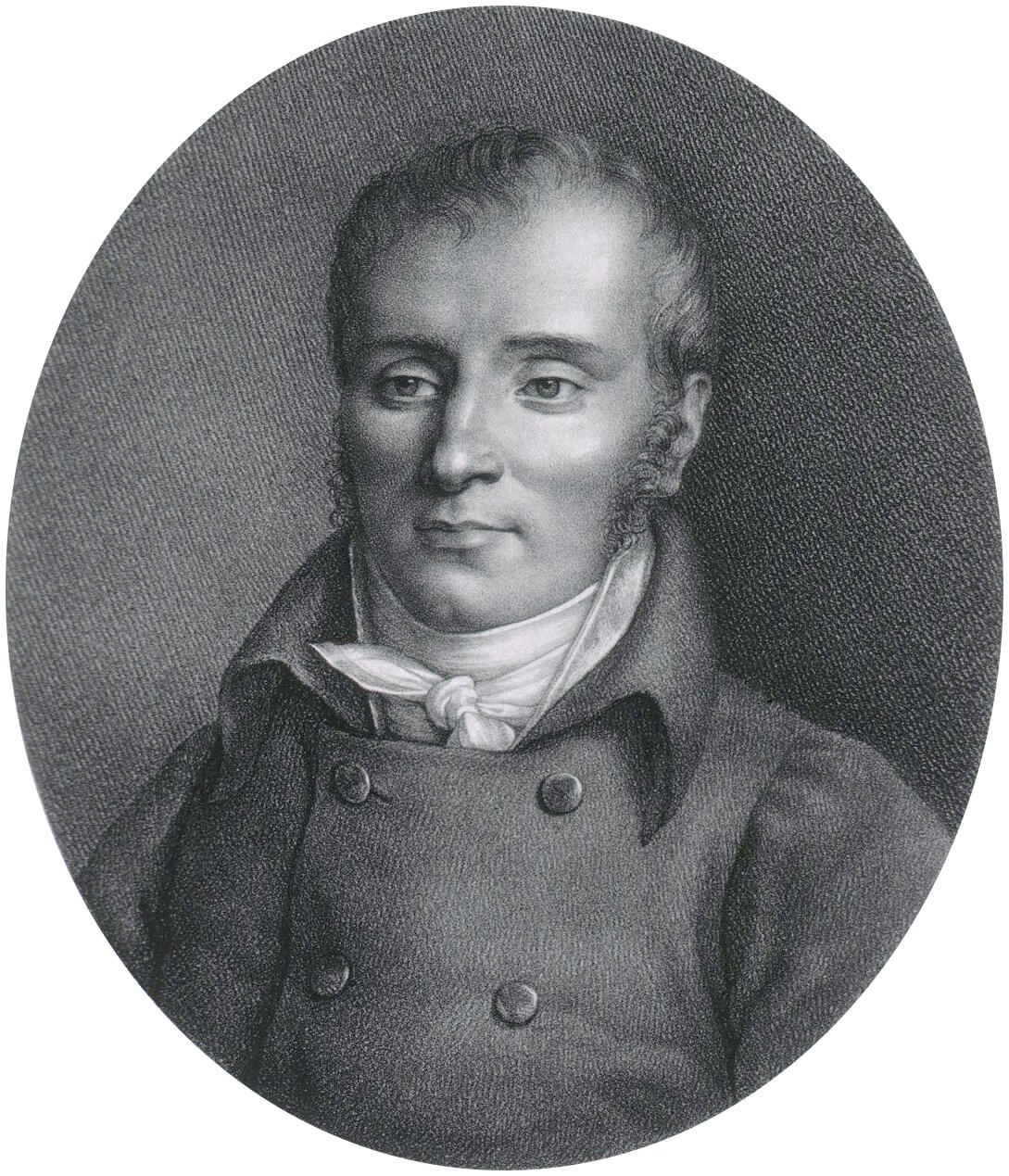 In today’s histo-history, we want to celebrate Marie Francois Xavier Bichat, often credited as the father of histology. Others who have been influential in the development of microscopy have also been in contest for this title, including Marcello Malpighi, an Italian biologist known for his work with capillaries and red blood cells in the 1600’s. If you consider everyone who contributed to the development of the science, the paternity of histology gets even more complicated.
In today’s histo-history, we want to celebrate Marie Francois Xavier Bichat, often credited as the father of histology. Others who have been influential in the development of microscopy have also been in contest for this title, including Marcello Malpighi, an Italian biologist known for his work with capillaries and red blood cells in the 1600’s. If you consider everyone who contributed to the development of the science, the paternity of histology gets even more complicated.
To understand Bichat’s work, and that of all of the scientists who came after him, we have to go back nearly a century before his birth, to the 1600’s in England, where others were laying the groundwork for scientific discovery. Robert Hooke coined the term “cell” in 1665, describing its function in his book, Micrographia, as being to transport substances through the plant. Hooke’s work was only made possible however, by improvements made to the microscope, first invented in the 16th century. The credit for discovery of the microscope is also contested, but generally awarded to Hans and Zacharias Janssen for development of the first compound microscope. Magnification was extremely limited though, only 3x to 9x. The early microscopes were unable to increase resolution, making the images blurry. Finally, thanks to further contributions by scientists such as Anton van Leeuwenhoek, by the time Hooke published his cell study, microscopes were able to magnify up to 270x, making identification of cells a reality.
Skip forward to Bichat, a French physiologist in the late 1700’s, working in Lyon and then Paris, amidst the chaos of the French Revolution. Bichat was studying the organs of his deceased patients, while developing his theory that tissues made up the organs of the body. What is most surprising about Bichat’s work is that he did not utilize the microscope during his research. Despite lacking the seemingly fundamental tool of the microscope and the knowledge of cellular biology, Bichat was able to describe 21 types of tissues and membranes, cementing his place in the history of histology.
Bichat did not live long enough to see much further development of his work. He died in 1802 at the age of 30, however his pupils published the third volume of his book, Anatomie Descriptive, for him, posthumously.
https://www.smithsonianmag.com/science-nature/what-we-owe-to-the-invention-microscope-180962725/
https://www.britannica.com/science/biology/The-discovery-of-cells
https://www.encyclopedia.com/people/medicine/medicine-biographies/marie-francois-xavier-bichat
https://www.britannica.com/biography/Marie-Francois-Xavier-Bichat
http://scihi.org/xavier-bichat-the-father-of-histology/
#2019#Blog#GeneralAnatomicPathology